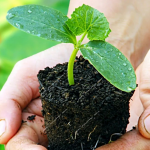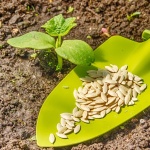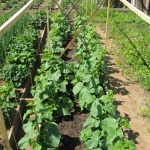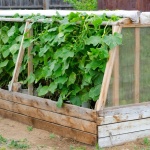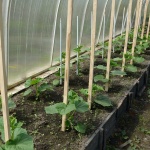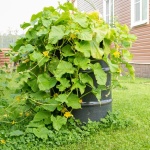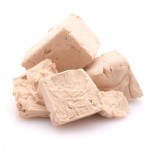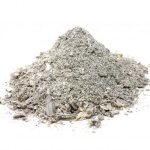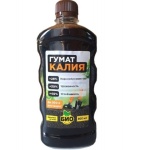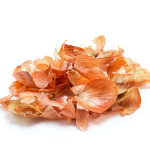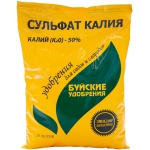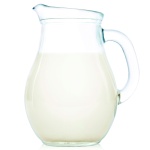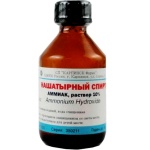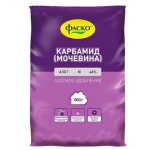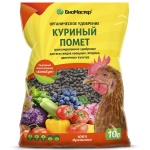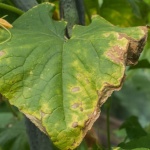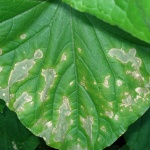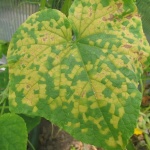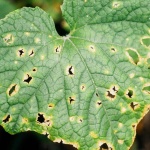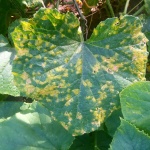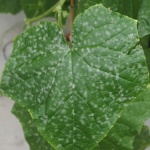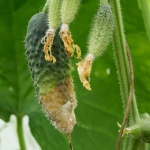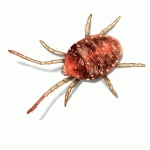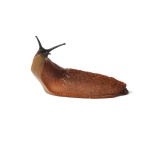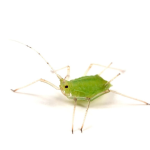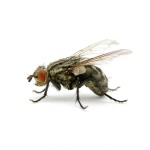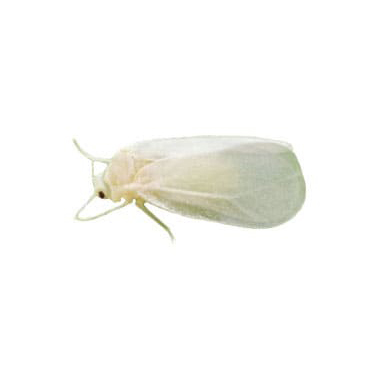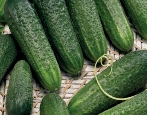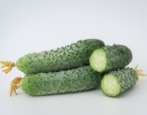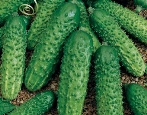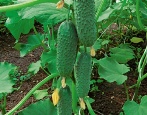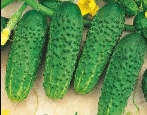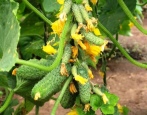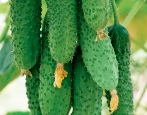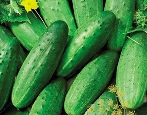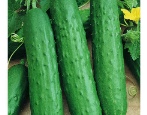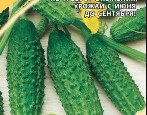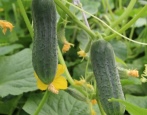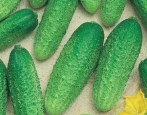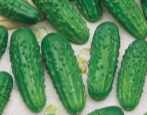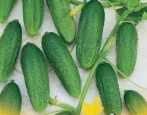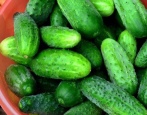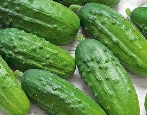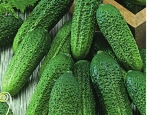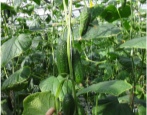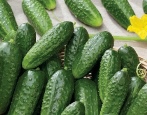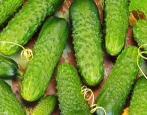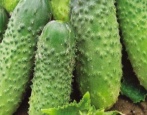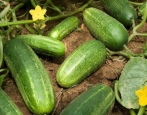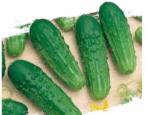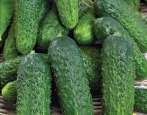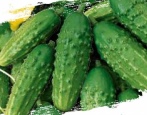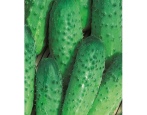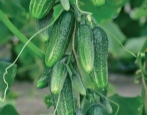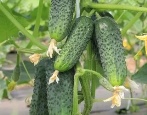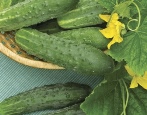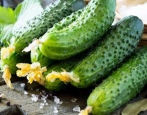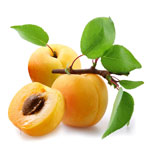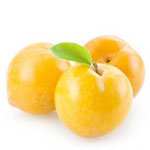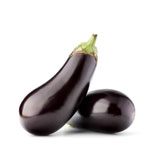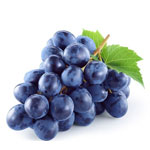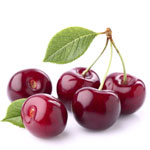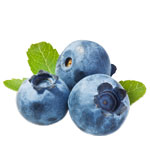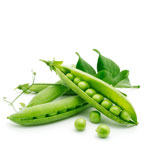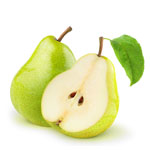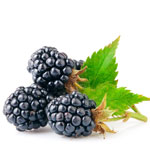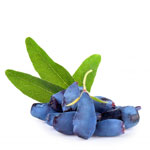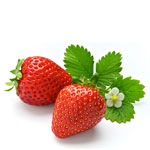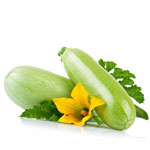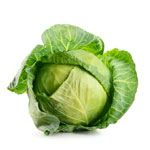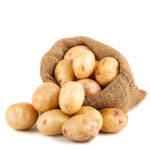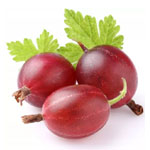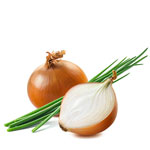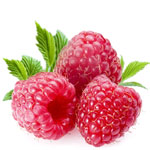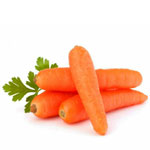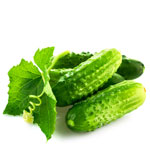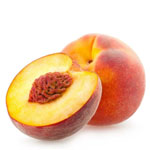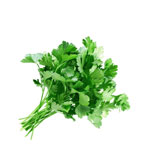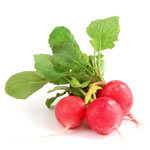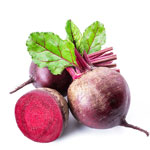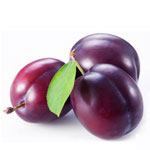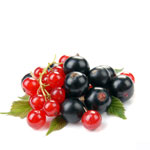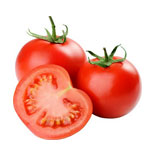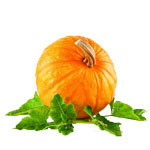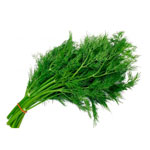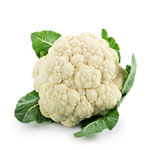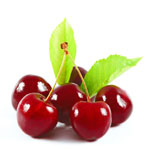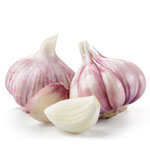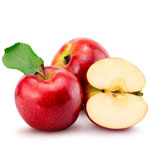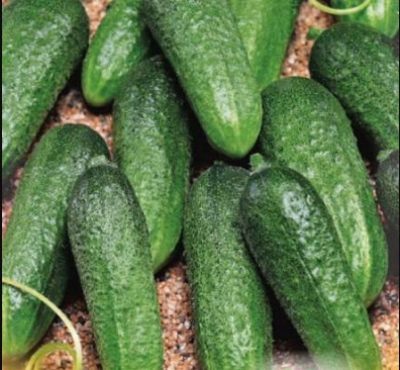
- Year of approval: 2007
- Growth type: indeterminate
- Fruit weight, g: 70-90
- Fruit color: green to dark green with very short stripes and mottling
- Cucumber Mosaic Virus Resistance: stable
- Ripening terms: early
- Pollination: self-pollinated
- Fruit taste: good and great
- Appointment: salad dressing, for pickling and preserving
- Parthenocarpic: Yes
The stereotype that only old varieties should be trusted is completely refuted by Alex cucumbers. The hybrid was included in the register relatively recently, but has already gained a well-deserved reputation as a "trouble-free" variety in almost any climatic conditions.
Breeding history
This variety is the result of the work of Dutch breeders. Information about the duration of the breeding of this hybrid was not disclosed. It was included in the Russian register in 2007. Two years later, a branch of a Dutch seed supplier was opened in the Rostov region. Therefore, Russian gardeners have access to high quality products at an affordable price.
Description of the variety
Alex cucumbers are a versatile hybrid cultivar for indoor and outdoor cultivation. Refers to early maturing self-pollinated universal type hybrids. The fruits are highly stable when picked.
Characteristics of the appearance of plants and zelents
The bush is moderately spreading, up to 1.5 m in height. Leaves are bright green. The stems are heavily pubescent. A feature of the culture is the formation of only female flowers, so the participation of insects in pollination is optional.
Alex forms a large number of ovaries: up to 3 in each leaf sinus. When properly cared for, they produce a bountiful harvest. The zelents of these cucumbers are cylindrical and almost smooth, without pronounced ribbing. Inside, they are densely filled with seeds, voids are not formed.
Purpose and taste of fruits
Alex cucumbers are of the gherkin type. The elastic and thin skin of a rich green color is covered with small pimples almost without thorns. The pulp is tender and juicy, crispy, with a slight sweetish tinge without bitterness. Each cucumber contains a large number of seeds.
This variety is universal for its purpose - the fruits are suitable for fresh consumption, salting, pickling, conservation. They are characterized by low damageability during collection. But they are not intended for long-term storage. Already 2-3 days after being removed from the bush, the cucumbers begin to taste bitter. You can prolong the freshness of the crop by placing it in an unsealed package in a cool, dark place with good ventilation. In such conditions, cucumbers can be kept for up to 10 days.
Alex's characteristic is his tendency to outgrow. Therefore, it is necessary to harvest immediately, as soon as the cucumbers have reached a length of 7-8 cm and a diameter of no more than 4 cm. If you postpone the harvest for several days, the fruits will become unsuitable for human consumption. Seeds in overripe fruits become tough.
Maturation
From the first shoots to the beginning of the harvest, an average of 45-50 days pass. The interval between the appearance of the greens and the fruits that are ripe enough to be removed from the bush is about 10 days.
Cucumbers ripen very amicably, so they need to be picked at least every 2-3 days.
Yield
Subject to the simplest rules of agricultural technology, the yield of one bush can reach an average of 2.8-5.7 kg per season.
Growing regions
Due to the fast ripening of the fruit, the Alex variety is suitable for growing in all climatic zones of Russia.
Landing scheme
Alex cucumbers can be grown both from seeds directly in the garden and using seedlings.
The seeds are placed in prepared warm soil to a depth of 1.5-2 cm with a distance of 60-80 cm from each other. It is recommended to maintain the same distance between the beds.
When planting in open ground, seedlings are placed in well-heated soil at the rate of no more than 3 bushes per 1 sq. m area.
Growing and caring
Immediately after transplanting seedlings into open ground, it is necessary to mulch the topsoil. When growing cucumbers from seeds, this operation is carried out immediately after the appearance of full-fledged sprouts.
Growing outdoors is possible using a horizontal method and does not require special conditions. Watering is carried out by the root method, after which it is imperative to carefully loosen the soil to a depth of 5 cm.
For growing in greenhouses, the trellis method is optimal. U-shaped trellises are mounted even before planting seedlings or sowing seeds at a rate of up to 1.8 m in height. On the crossbars, cords are placed with a loop at the free hanging end. The pitch between the ropes is about 30 cm. The lower edge of the cord should be 30-40 cm shorter than the height of the trellis.
Regardless of the cultivation method, regular weeding is necessary. Lighting should be sufficient and diffused. Long-term shading of cucumbers or their stay under the scorching sun should not be allowed.
Throughout the life cycle, regular feeding is required:
after the first shoots, organic and nitrogen fertilizers are applied;
when buds appear and during flowering, plants are sprayed with a solution of boric acid with the addition of manganese;
from the moment the fruit begins to form, weekly fertilization with a urea solution is required.
Top dressing is applied by the root method. Regular and timely fertilization is an important condition for a high yield.
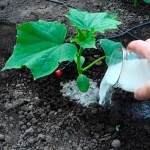
In order to collect strong, tasty and beautiful cucumbers on your site, you need to make top dressing. Lack of nutrients can negatively affect the appearance of the plant and significantly reduce the yield. Fertilize cucumbers with organic fertilizers in combination with mineral fertilizers. With the right balance of these components and adherence to the fertilizing schedule, the cucumber yield will be maximum.
Disease and pest resistance
Plants of this variety are highly immune. But if other garden crops are found next to the cucumber bed, affected by any diseases or attacked by insects, it is necessary to carry out preventive treatment of all plantings.
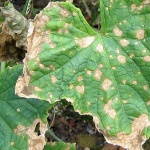
Despite their popularity, cucumbers are often attacked by diseases and pests. From them, cucumber plantings often die before the start of fruiting. In order to prevent this from happening, it is necessary to try to prevent ailments or get rid of them at the very beginning, having studied in detail their causes of occurrence, signs and methods of treatment.
